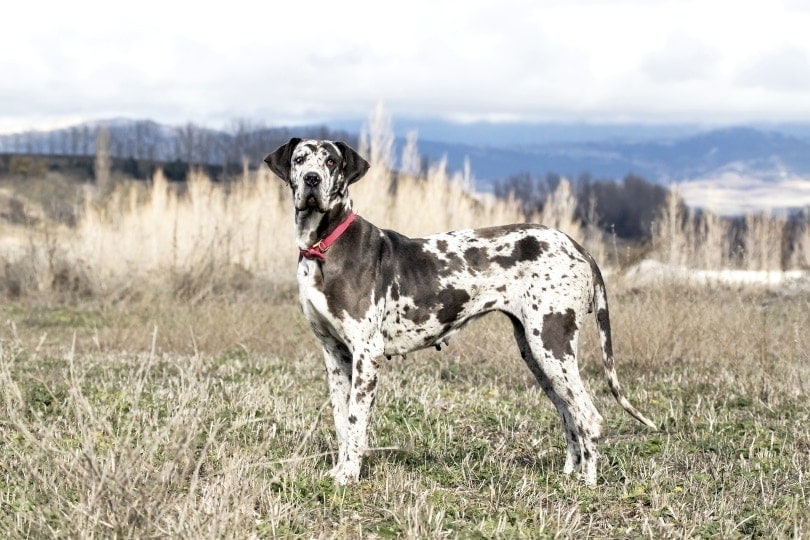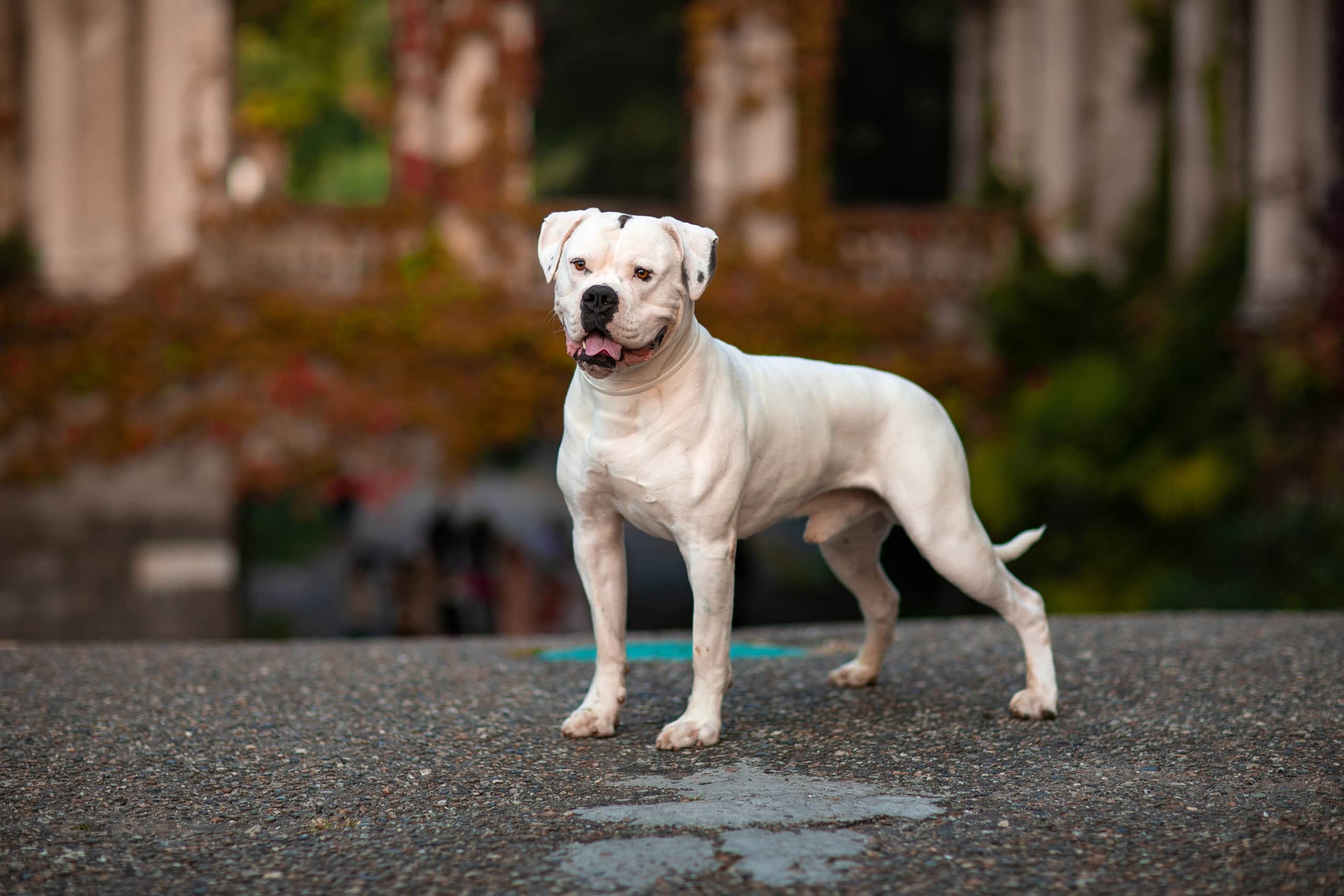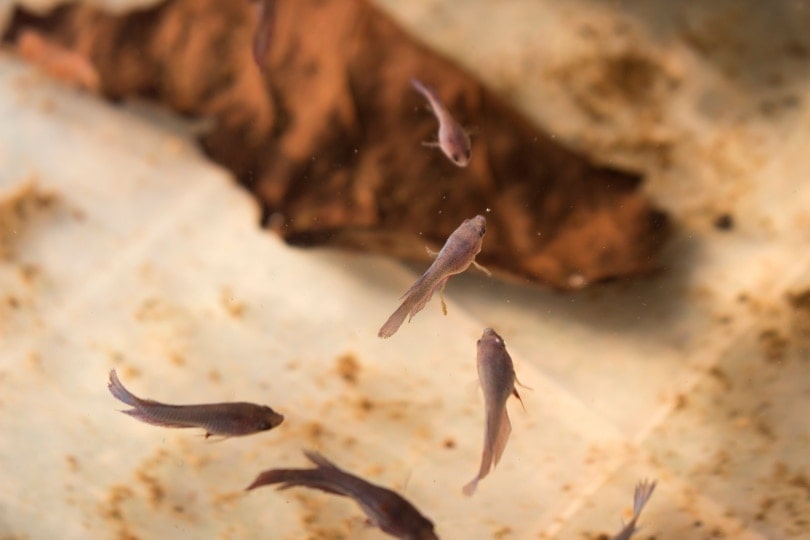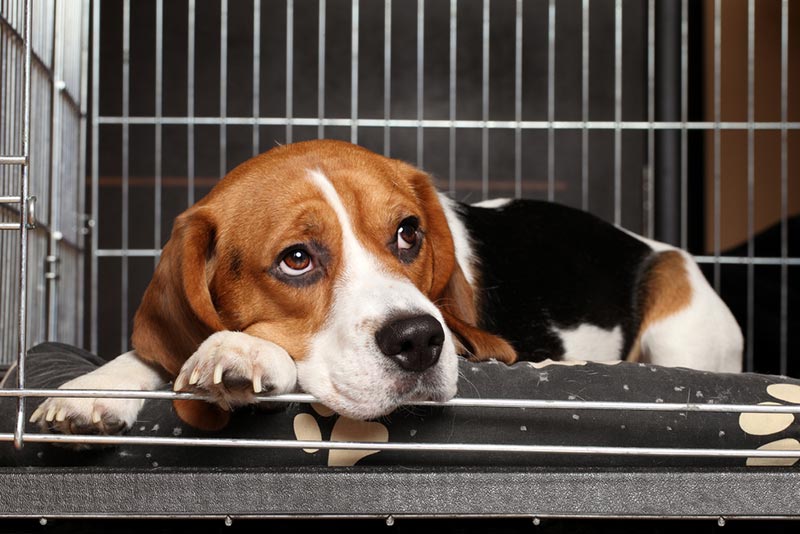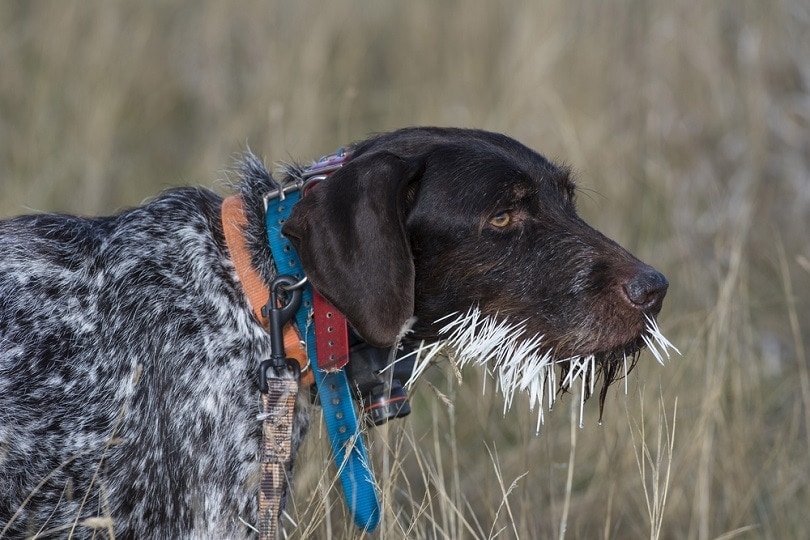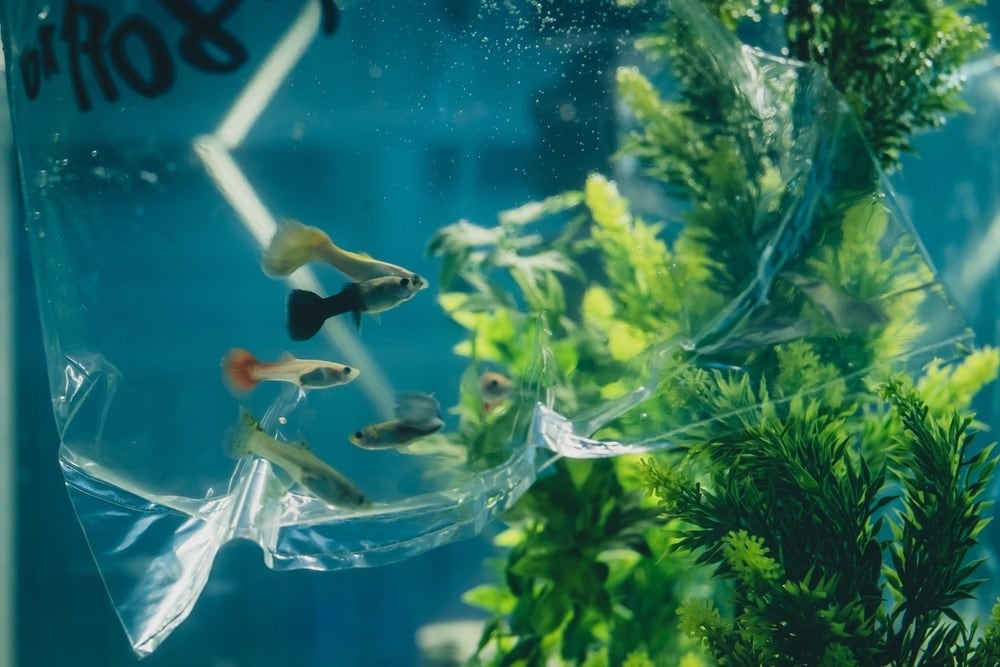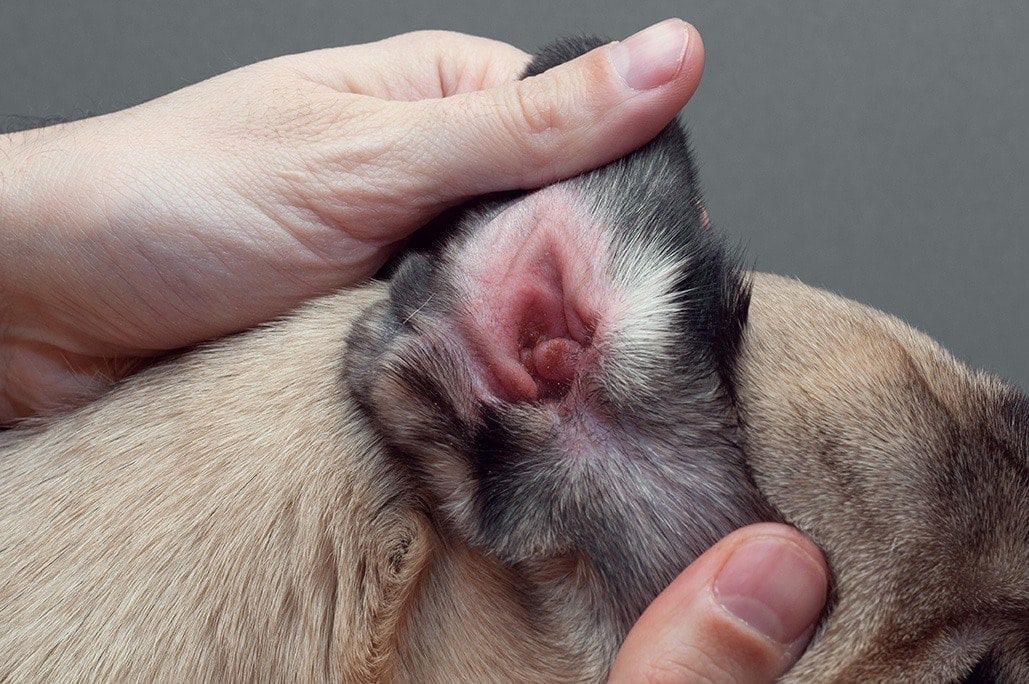10 Bloodhound Mixed Breeds (With Pictures)

Updated on
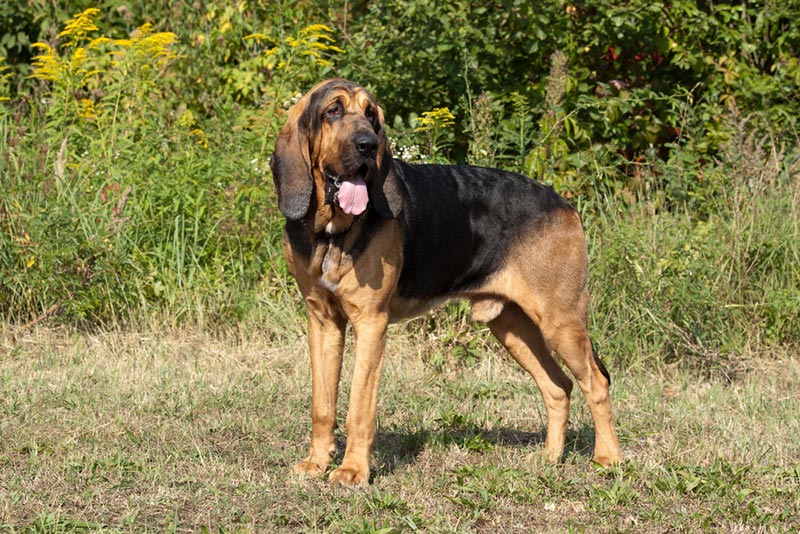
There’s no doubt that the Bloodhound is a great hunting dog with one of the most powerful noses on the planet, so it’s no surprise breeders around the world want to see if they can get that powerful nose with some of the most popular features from other breeds.
But what breeds do people commonly mix with the Bloodhound, and what are the various perks and drawbacks? We’ll break it all down for you here.
The 10 Bloodhound Mixed Breeds
1. Labrador Retriever Bloodhound
| Mixed With | Labrador Retriever |
| Height | 22 to 27 inches |
| Weight | 60 to 110 pounds |
The Labrador Retriever is a well-loved and sought-after breed, so it’s no surprise they’re a popular breed to mix with the Bloodhound. They’re just a smidge smaller than a Bloodhound, so the resulting pup is usually a bit smaller, but they’re close enough that it’s not a big deal. And, of course, a Labrador Retriever is an extremely loyal and loving pup, which means more great things for any mixed puppy!
2. Basset Bloodhound
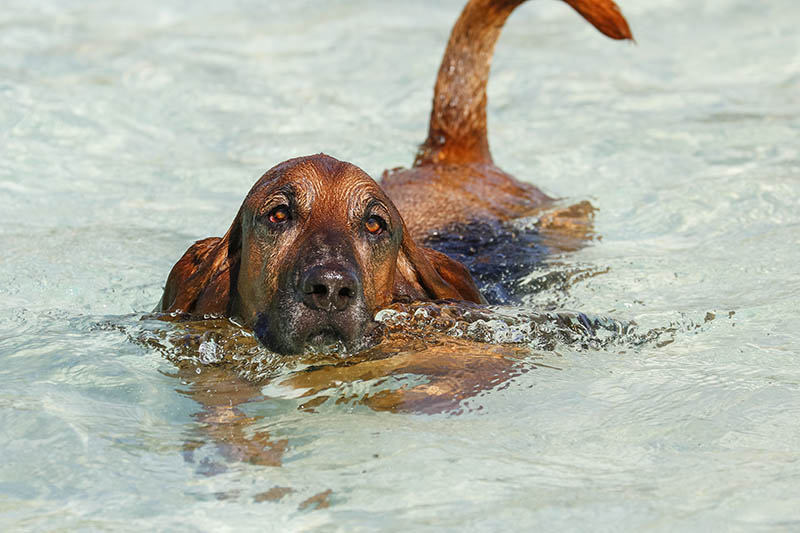
| Mixed With | Basset Hound |
| Height | 16.5 to 26 inches |
| Weight | 50 to 90 pounds |
The Basset Hound and the Bloodhound are similar dog breeds in personalities but have drastically different physical characteristics. While the Basset Hound is a smaller pup, the Bloodhound is a much larger one. The result of mixing the two breeds is often a hound that falls somewhere between the two sizes, although with mixed breeds you can never be completely sure.
3. German Shepherd Bloodhound
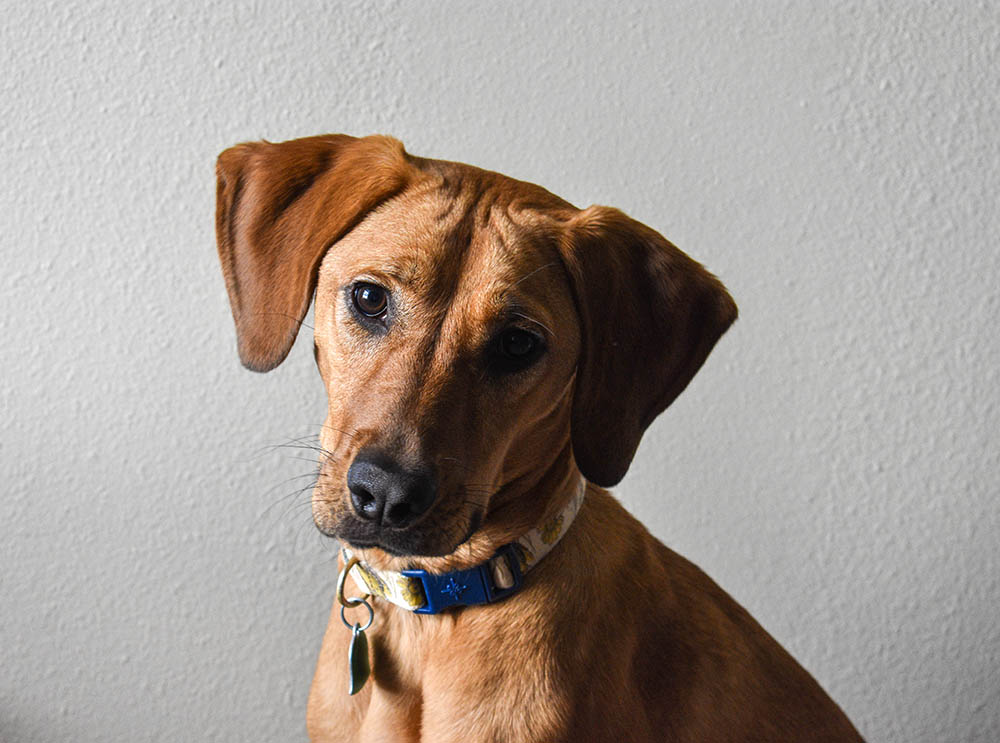
| Mixed With | German Shepherd |
| Height | 22 to 27 inches |
| Weight | 60 to 100 pounds |
The German Shepherd Bloodhound mix is a bit of an odd combination, but there’s no denying how cute the puppies and dogs are. They have drastically different personalities, so you never really know what you’ll get there, but the size of the two dogs is pretty similar.
Typically, a German Shepherd Bloodhound mix will be a bit smaller than a purebred Bloodhound, but not by enough to make much of a difference.
4. Beagle Bloodhound
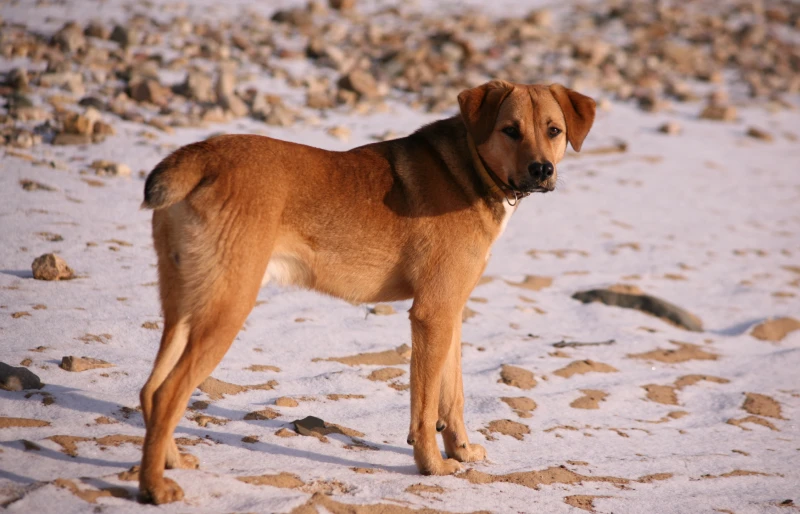
| Mixed With | Beagle |
| Height | 15 to 24 inches |
| Weight | 30 to 70 pounds |
If you’re looking for two dogs that look extremely different from each other to mix together, you might not be able to find two with fewer similarities than the Beagle and the Bloodhound. The result is that you never really know what these pups will look like, but they should be bigger than a Beagle and smaller than a Bloodhound. Both breeds are known for their noses though, so that’s one thing you shouldn’t have to worry about with a Beagle Bloodhound!
5. Boxer Bloodhound
| Mixed With | Boxer |
| Height | 22.5 to 26.5 inches |
| Weight | 60 to 100 pounds |
The Boxer and Bloodhound is another mix that might seem a little odd at first, but they’re two highly sought-after dogs and the resulting cross simply looks adorable. They’re a large dog no matter which parent breed they take after, but with drastically different personalities, you never really know what you’ll get.
6. Catahoula Bloodhound
| Mixed With | Catahoula Leopard Dog |
| Height | 22 to 27 inches |
| Weight | 60 to 110 pounds |
Both the Catahoula Leopard Dog and the Bloodhound are working dogs that do better when you have a job for them. But while the Bloodhound works with its nose, the Catahoula Leopard Dog works with their muscular build and athleticism.
Ideally, it’s a great mix of both these features, but because you can’t control which features they get from each parent, they could have either feature or neither.
7. Bulldog Bloodhound
| Mixed With | Bulldog |
| Height | 15 to 24 inches |
| Weight | 55 to 90 pounds |
While neither the Bulldog nor the Bloodhound has the highest energy levels, if you’re looking for a pure couch potato, this isn’t it. They have moderate energy levels, so you don’t know what you’ll get with a Bulldog Bloodhound. One thing’s for sure though: they look super cute and are a popular breed!
8. Coonhound Bloodhound
| Mixed With | Coonhound |
| Height | 23 to 27 inches |
| Weight | 60 to 100 pounds |
If you’re looking for the ideal hunting dog a Coonhound Bloodhound can be exactly what you’re looking for. The Bloodhound provides the nose, while the Coonhound provides the relentless drive, high energy, and athleticism.
Of course, you can’t control which traits a mixed breed gets from each parent, so while a Coonhound Bloodhound can be the perfect hunting dog, there’s no guarantee they’ll have the features you want when breeding them.
9. Golden Retriever Bloodhound
| Mixed With | Golden Retriever |
| Height | 22 to 26.5 inches |
| Weight | 60 to 100 pounds |
The Golden Retriever is another dog breed with a great reputation, so it’s no surprise that you can find people mixing them with a Bloodhound. But because these dogs have drastically different personalities, you never really know what you’ll get when you breed them together.
They’ll be great large companion dogs, but you don’t know for sure if they’ll be ideal hunting companions or better for trips to the dog park!
10. Doberman Pinscher Bloodhound
| Mixed With | Doberman Pinscher |
| Height | 24 to 28 inches |
| Weight | 65 to 110 pounds |
The Doberman Pinscher is a sleek and powerful dog, and when you combine that with a Bloodhound, you can get a dog with a powerful nose and a ton of power. Of course, you can also get a lower-energy dog with a relatively weak nose, so it’s always a risk when getting a Doberman Pinscher Bloodhound for hunting purposes.
Which Bloodhound Mixes Are AKC Registered?
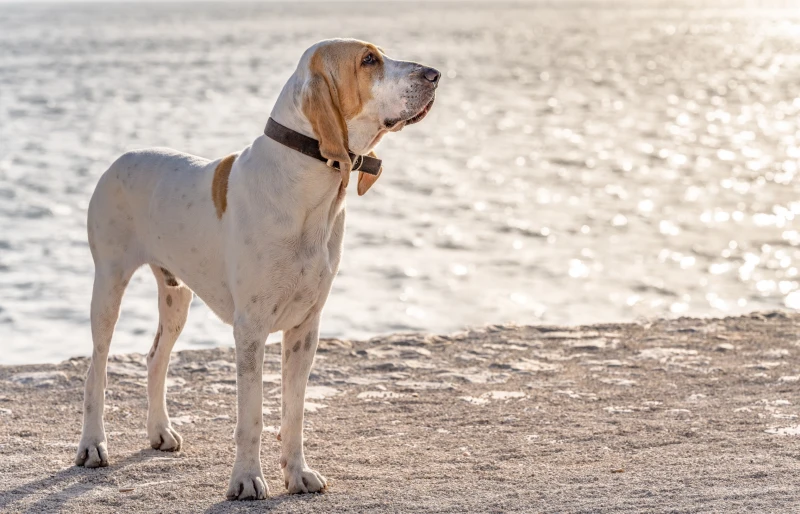
While some Bloodhound mixes are more popular than others, the truth of the matter is that the AKC does not officially recognize any mixed breed. The problem is that mixed breeds can take after their parent breeds in different ways, and there’s no way to guarantee which trait they inherit from each parent.
Because of this, there’s a large variation in mixed breeds, making it impossible for the AKC and other registries to develop standards for the breeds.
The closest you can get is to ensure that both parents have AKC registration, but even with that, you won’t be able to register any mixed-breed offspring no matter how popular or prevalent they are!
Conclusion
It’s important to remember that with mixed breeds, you can never guarantee which traits each pup will inherit from each parent. This leads to a ton of variation, making it a bit more challenging for dog owners.
But even with this in mind, mixed breeds can make phenomenal companions, even if they don’t inherit all the ”best” features from each parent breed!
Featured Image Credit: Vera Zinkova, Shutterstock


